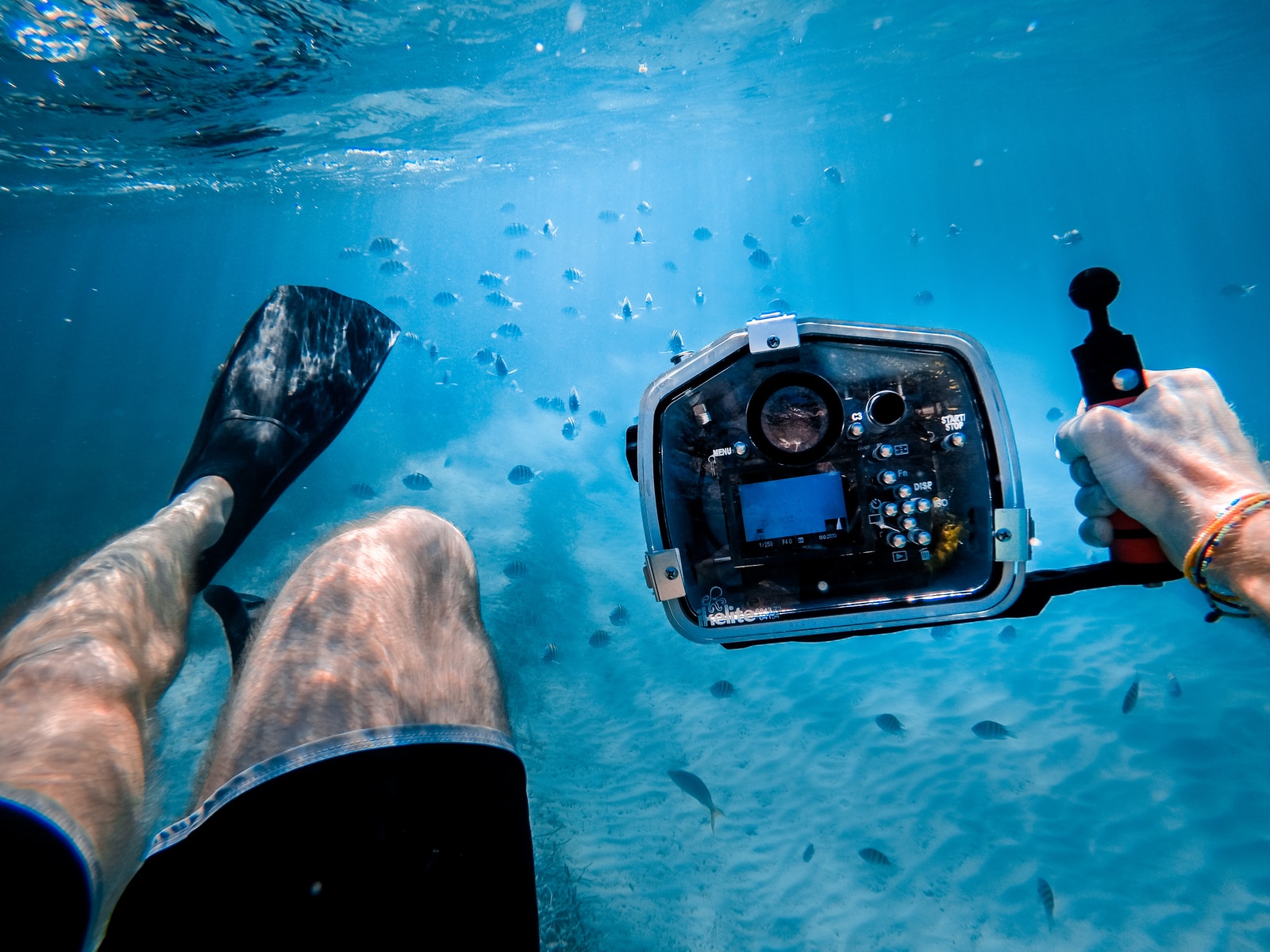So you have decided finally that you want to try ice fishing. But wait up. Like regular fishing, you need to be prepared before heading over to the ice fishing spot. It is vital that you have the tools to complete your ice fishing experience. Among these is the ice fishing camera.
According to pinfishing.com, there are several things you can learn from this website on fishing. It has information on catches, catch analyzer, fishing forecasts, anglers, fishing reports, and of course, ice fishing cameras.
Owning the best ice fishing camera is great, no doubt, but you must know the factors you must consider when scouting the market for this tool. Also, keep in mind that not all ice fishing cameras will work perfectly in extreme temperature conditions, so you need to ensure you only pick cameras specifically for ice fishing.
In this article and discussion, we take a look at the factors to consider when buying your ice fishing camera, plus bonus content on how to use the equipment. Let’s go.
Factors You Should Consider When Buying Your Ice Fishing Camera
1. Screen Size
When searching around for the best ice fishing camera, it is essential to consider the monitor’s size and resolution. These cameras are distinct from a sonar fish finder or flasher, so the screen’s vividness will distinguish how well you do on the ice. Screen sizes generally range from four to eight inches, and experts say you should not get anything smaller than four inches.
While the concept of bigger being better applies here, you must find the balance between this and portability. You should be able to bring and maneuver the camera around easily.
Find an ice fishing camera that offers high-definition. This will help you see the fish and identify the species more clearly. The best ones are those that will help you determine which fish to catch.
2. Cable Length
The cable length of your ice fishing camera serves various purposes. First, this feature will determine how deep the camera can be submerged. This is vital because it will enhance your total range, and give you more flexibility on how deep you want to fish and what fish you want to catch.
Then, the cable length also determines how far away from the fishing hole you can go with the camera’s monitor. If you desire to drill another hole while monitoring the hole you previously drilled, you will need a camera with a long cable.
Ideally, the best ice fishing cameras are those with cables in the 50- to 75-foot range. This will cause no problems.
3. Field Of View
Believe it or not, the field of view is a feature that ice fishing camera buyers often overlook. This feature is also pertained to as the “degree of view” or “viewing angle.”
It tells the fisher what the camera’s range is when submerged underneath in terms of how far on each side they can see without needing to rotate the camera.
Once again, the assumption is that the more field of view, the better works here, but it is not always the case. As the lens is widened, you generally reduce the clarity, making it more difficult to identify fish and structure.
With a narrow field of view, on the other hand, while you can more freely move the camera more often, you will end up missing several things because you cannot see everything happening under the ice.
With these being said and considering everything you need, anything within the 100- to the 150-degree range is ideal. You will be able to spread out the video enough without distorting the quality of the image.
Another factor that goes together with this is the viewing distance. Many factors can affect this, such as the temperature, but generally, your viewing distance should be better when ice fishing since the water is clearer and fewer factors affect your view.
You should also strive to consider the viewing distance feature of the camera. You must be able to see as far as possible. This can be between 15 to 20 feet. Or, if the water is still murky from the warmer months, it can be as little as five feet.
4. Portability And Storage
We have hinted about portability in the previous factors to consider on this list, but we will take a look at this more now. Portability is incredibly crucial because you need to drag the camera out and protect everything from damaging elements when it is cold.
For this reason, you can find several ice fishing cameras that come with cases that let you close them when you are not using the gear. Many also have easy-to-carry handles that do not take up too much space. However, note that this will be an investment of yours.
5. Battery Life
The best ice fishing camera is one with strong battery life. The ideal is to find those that can last between six to eight hours.
In reality, the ice fishing camera you will choose will depend on how long you plan to be in the fishing area and run the camera. Some fishers only use the camera for scouting, while others use it throughout the day.
Beware of cameras that have batteries that easily wear down over time and will not hold a charge in the long run.
Specialists say you must look for those with lithium-ion batteries.
6. Price And Budget
As with many other products, the best ice fishing camera should not break the bank.
With this being said, you must always consider your budget when searching for your ice fishing camera. At the same time, you should likewise be able to strike a balance between your budget and the features of the camera.
How To Use Ice Fishing Cameras
Underwater cameras such as your ice fishing cameras are handy for fishers. There are several types of cameras for fishing, but these ice fishing cameras help identify where the fish are in the water and alert the fisher about potential dangers that could damage the activity.
You can find various kinds of ice fishing cameras with sensors to measure temperature and depth. You can see a wide range of fish already only by using this camera before you drill a hole, cast a line, or wait to see if the fish takes the bait. These types of cameras provide a more rewarding and pleasurable experience. It also helps fishermen distinguish whether or not the species is taking the bait.
If you ask whether these tools will invade the fish’s habitat, ice fishing cameras will not. These are solely used to locate the fish and tell the fisher whether or not the area is safe.
In Conclusion
The secret to finding the best and the most suitable ice fishing camera is to find the camera that suits your particular needs. Remember, what is good for one angler may not be good for the other. Consider the things you have learned above before purchasing the ice fishing camera.
If you are not yet fully prepared to shell out a lot of money, you can always shop from online stores. Good luck with your search, and be sure to interact with us to let us know what you think.






